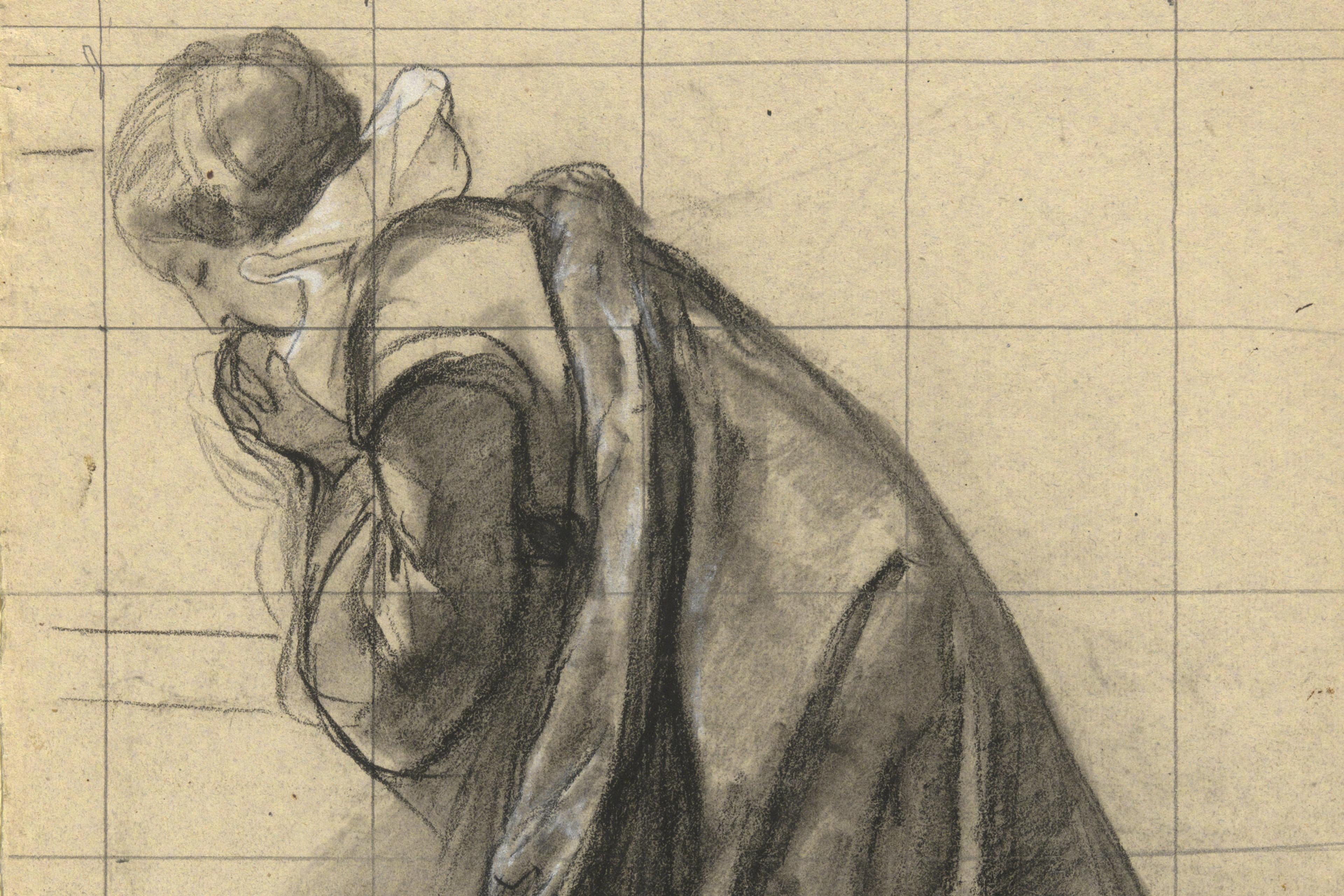
For the Puritans, embracing God’s will could get dangerous
The group at the heart of American origin stories had a complex relationship with despair – and a need to reckon with it
by Alexandra M Lord

The group at the heart of American origin stories had a complex relationship with despair – and a need to reckon with it
by Alexandra M Lord


Like the red-eyed tree frog tadpoles, my son and I fell into a new beginning
by Heather Swan
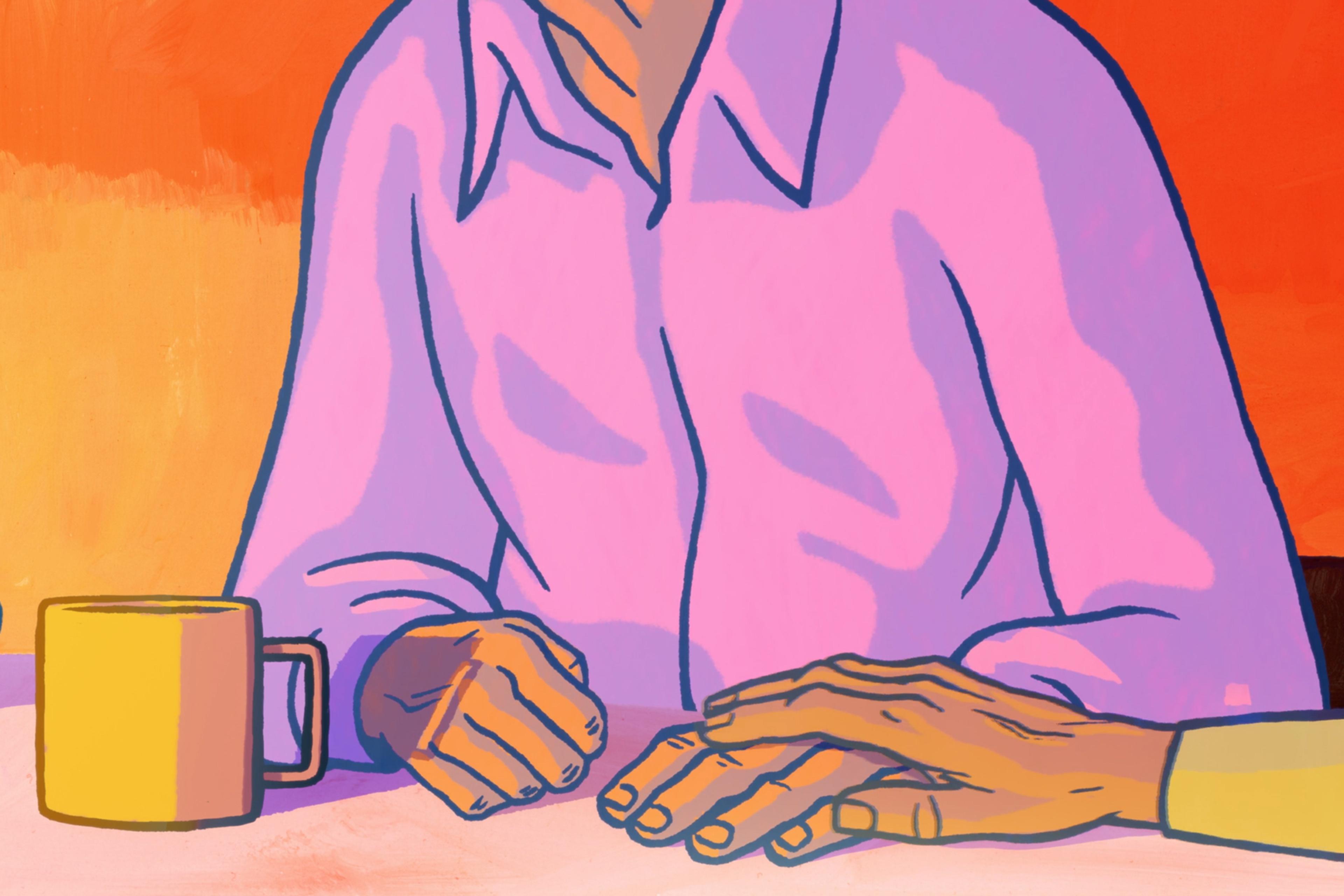
Directed by Alec Green and Finbar Watson

Under-recognised as a protective force against suicide, religious faith has multiple features that help to save lives
by David H Rosmarin
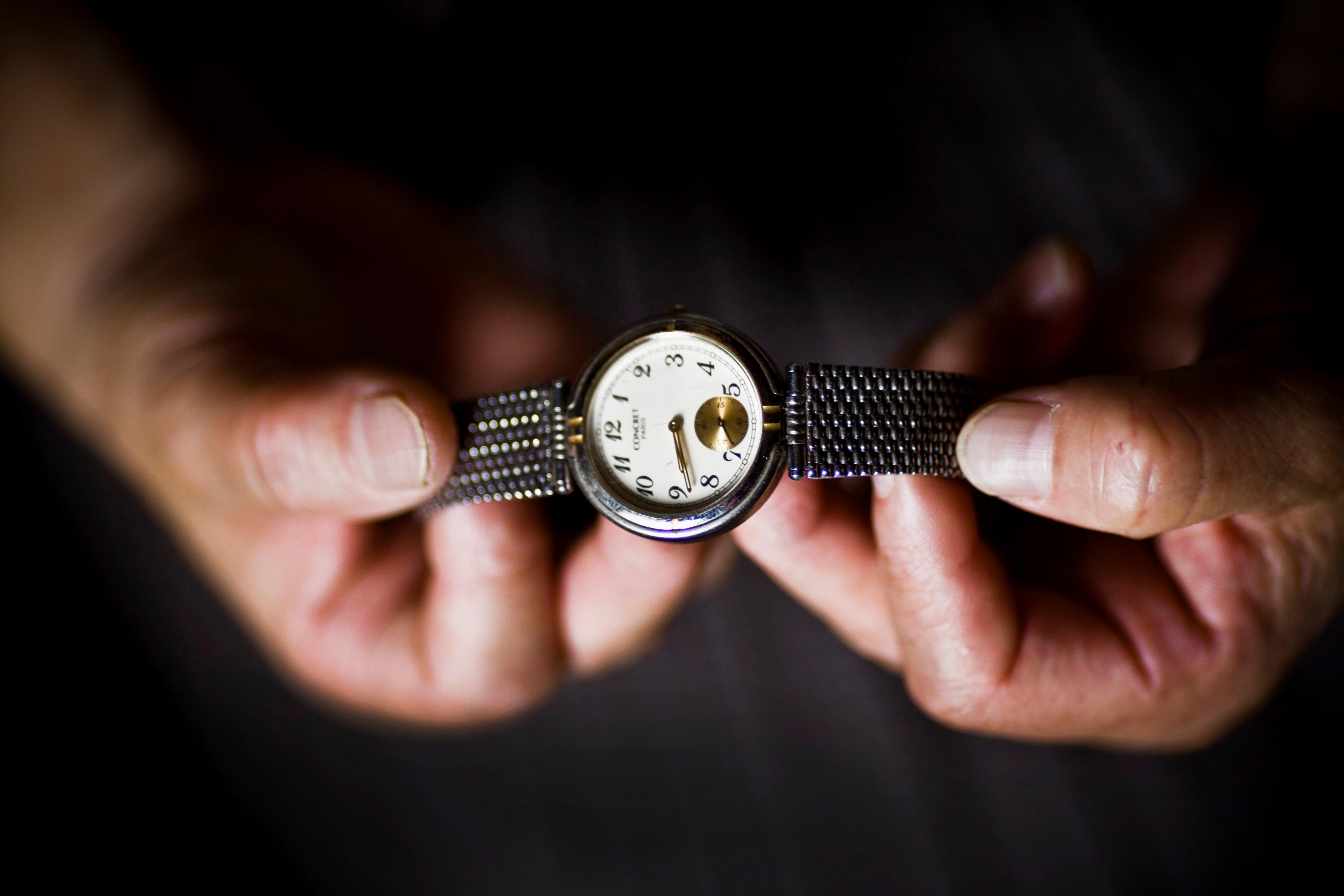
A psychodynamic perspective on suicide can help us all reckon more honestly with the interconnectedness of psychic pain
by Kyle Boyd

Dwelling on your difficulties might feel like problem-solving, but it can be pernicious. There are tools to stop the habit
by Megan L Rogers

Created by people with mental illness when they are well, self-binding directives anticipate a shift to unwell thinking
by Tania Gergel
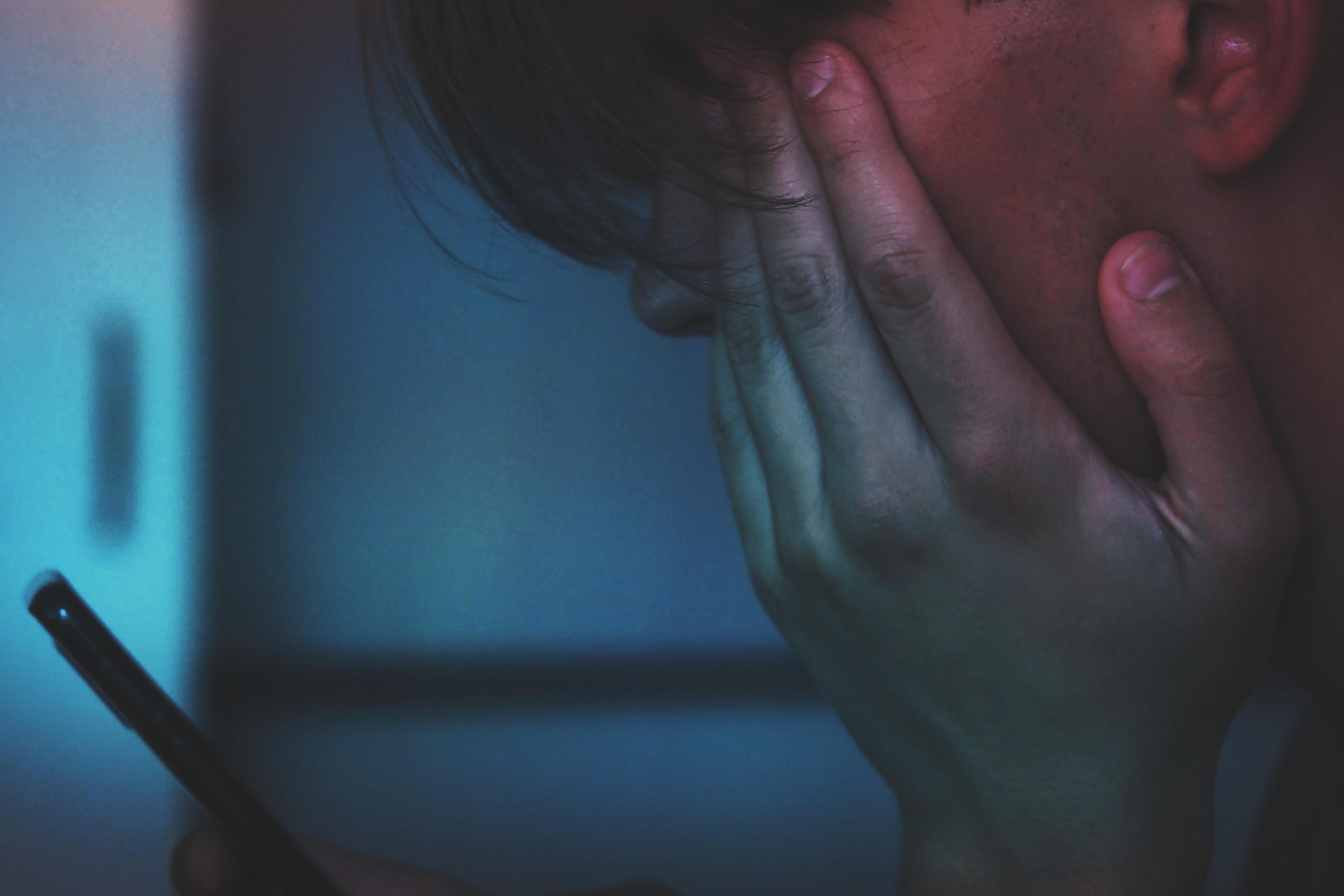
Analysing the specific experiences, not just overall usage, is key to understanding the risks and benefits of social media
by Jacqueline Nesi
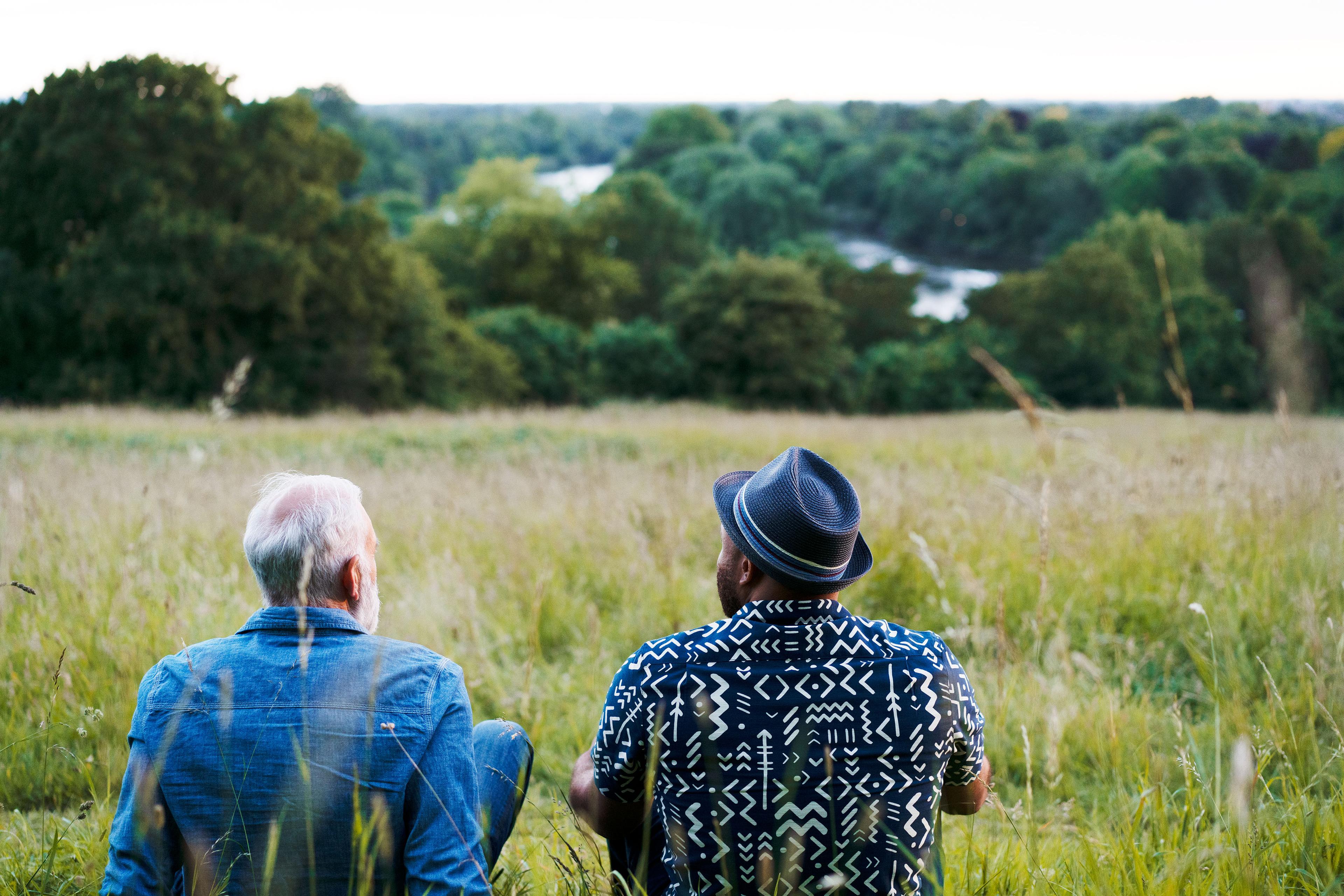
Hopelessness is a major link in the chain that leads to suicide. Strategies to nurture hope are key in the prevention toolkit
by Kathryn Gordon
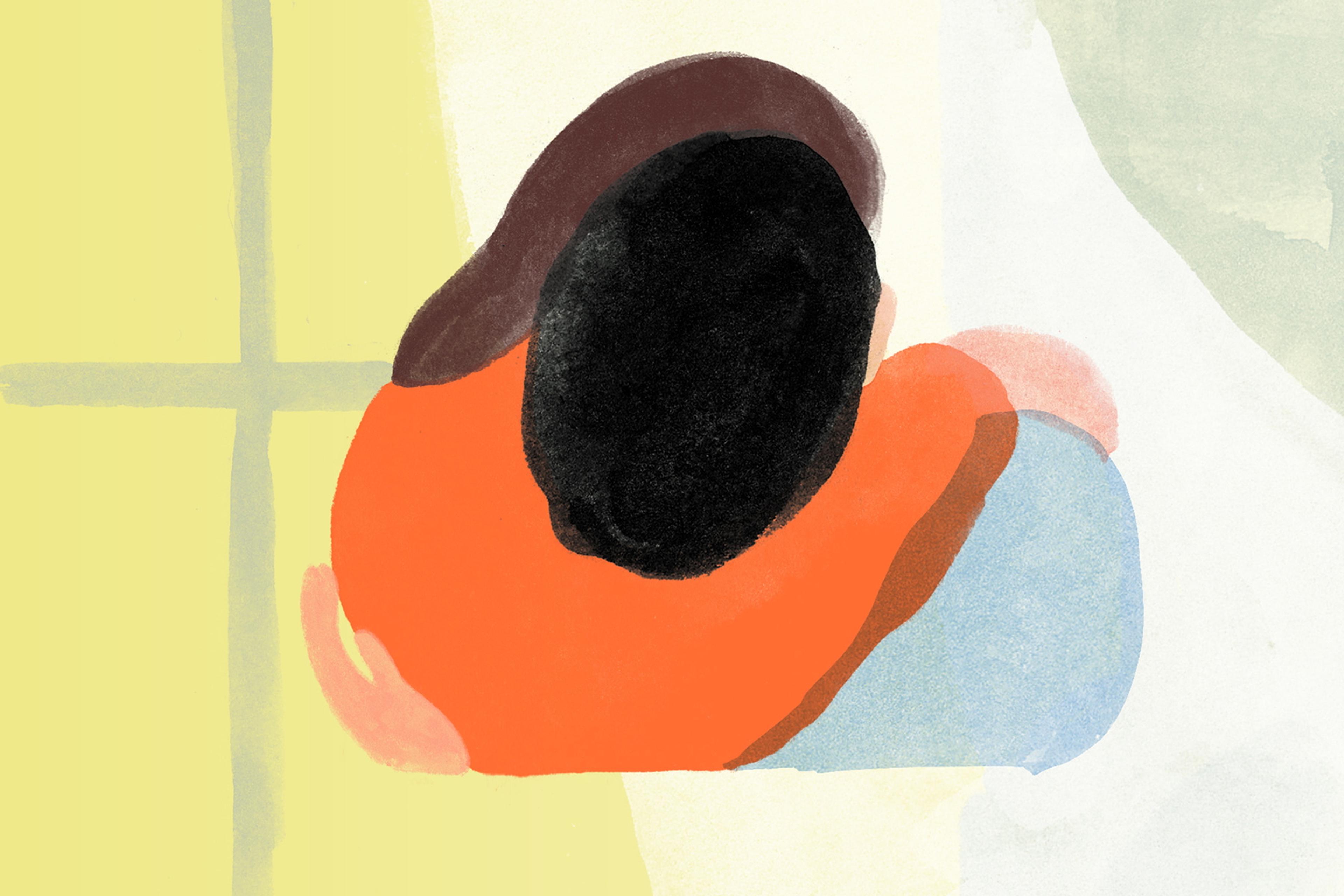
A person harming themselves is not attention-seeking but attention-needing. Reach in and show them you’re listening
by Rory O’Connor & Ellen Townsend
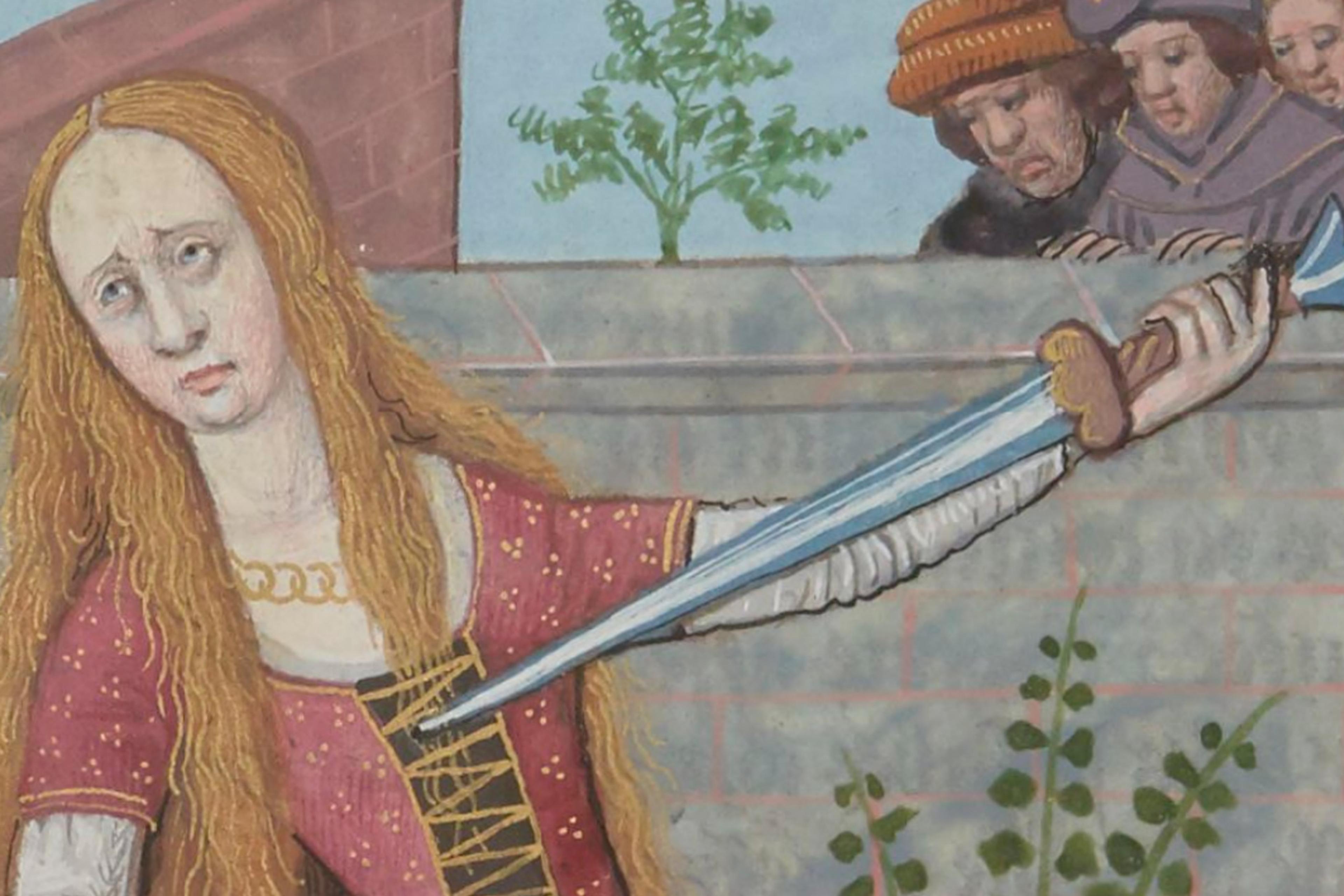
Like the slow engraving of an imprint on stone: compassion and care for those struggling with suicide in medieval England
by Rebecca F McNamara
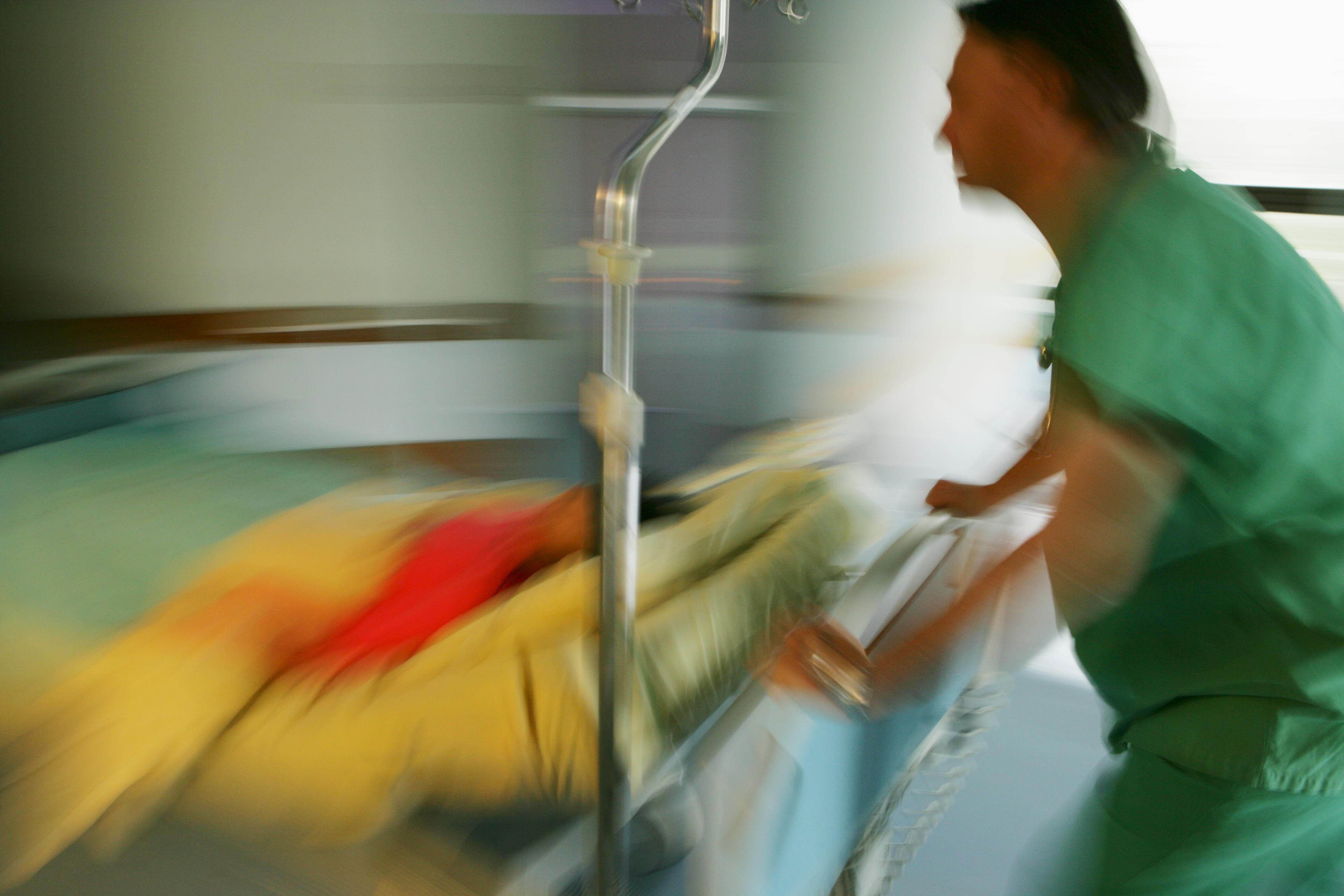
Most who die by suicide were considered to be at low or no risk. We need a new framework for understanding the dangers
by Gavin Tucker

Twice as many people worldwide die from suicide as from homicide. Here’s how to help your loved ones back from the brink
by Lindsay Weisner

Six months into working a suicide helpline, I became a better conversationalist — and friend
by Natalia Dashan
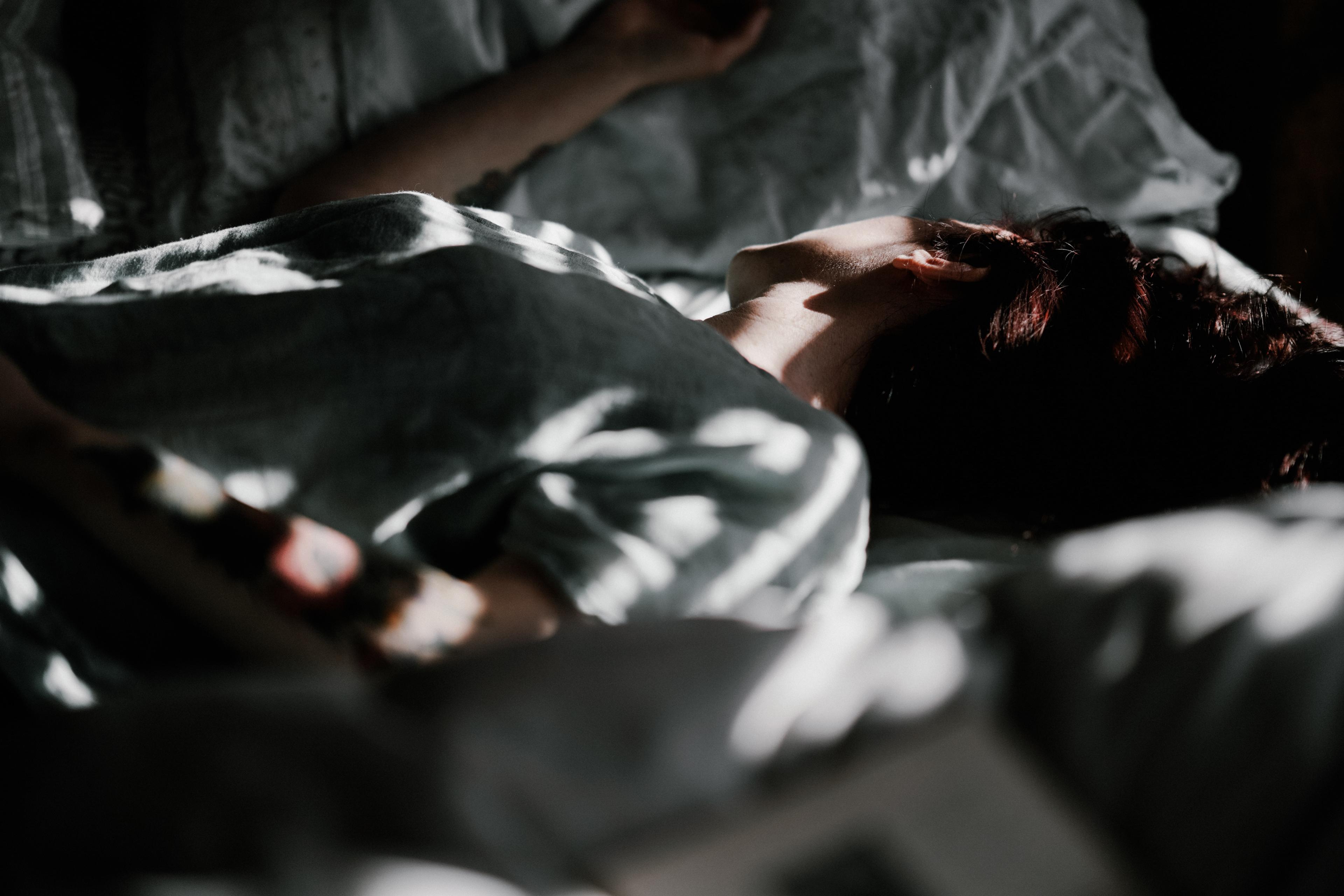
Late nights plus exam pressure equals poor sleep. Is that why university students face higher risks of suicide and self-harm?
by Kirsten Russell & Donna Littlewood